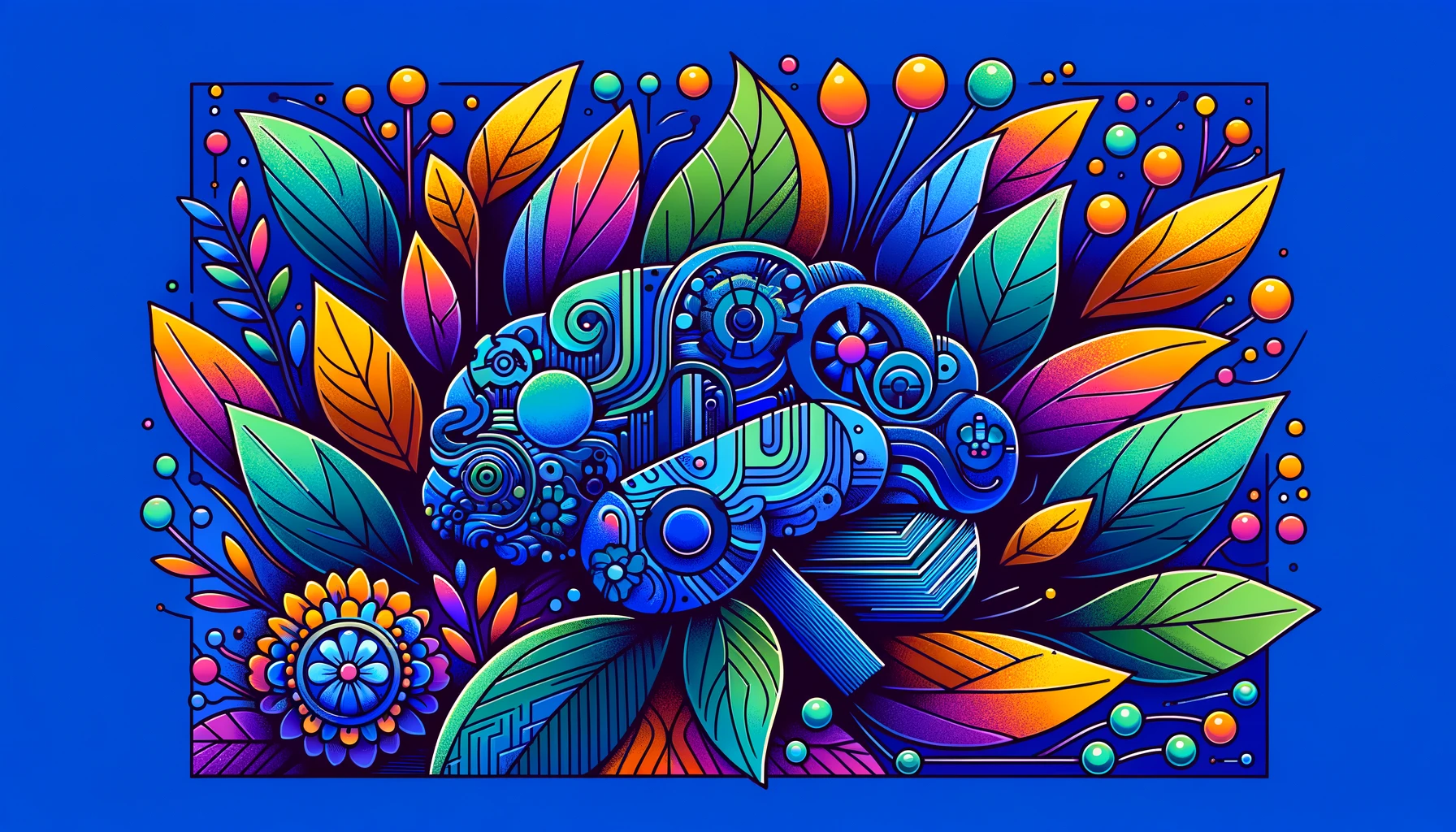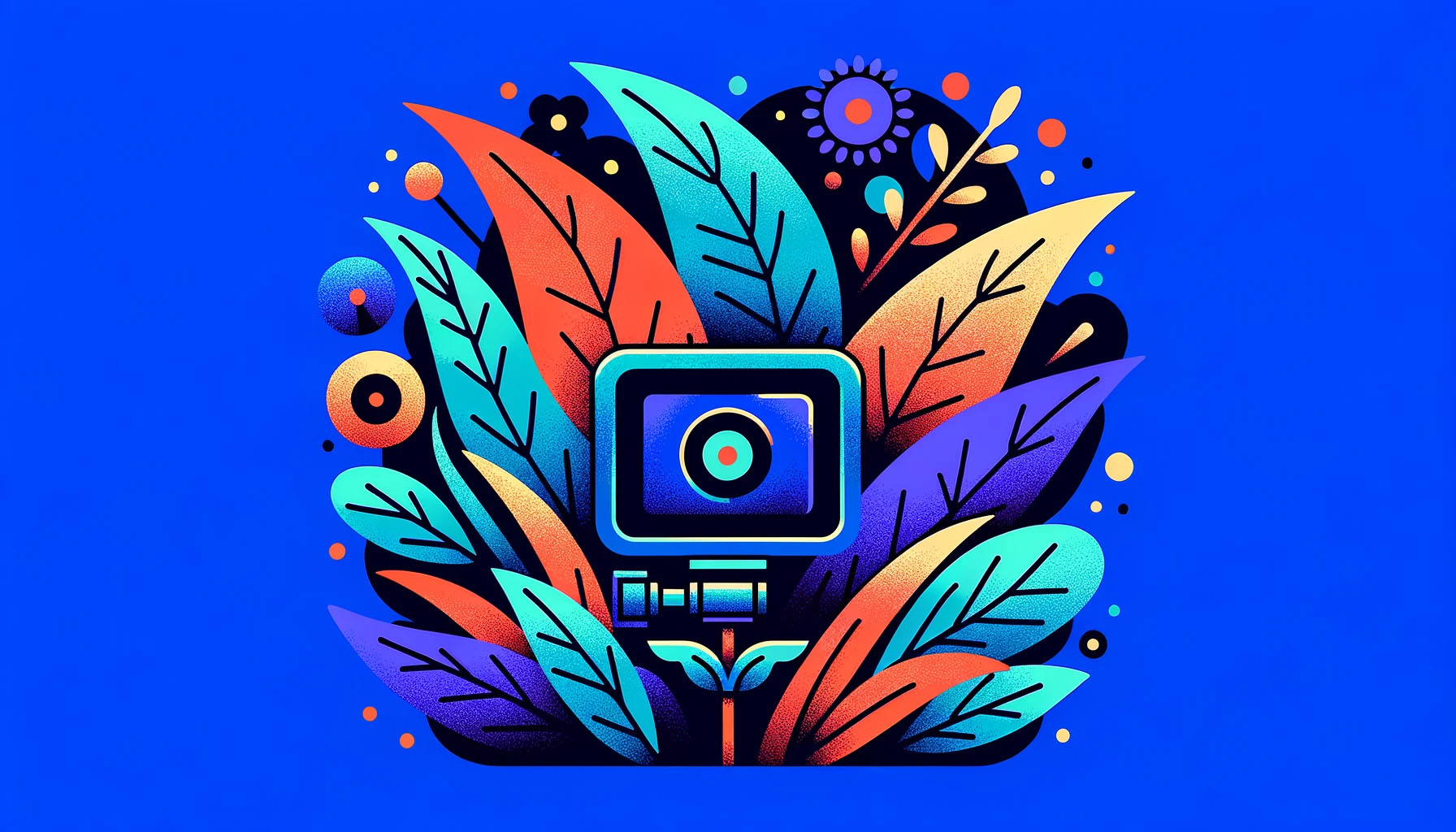Generative AI is technology that creates new content based on its training data. This article covers the basics, popular tools, and its current impact on work.
What is Generative AI?
Generative AI refers to Artificial Intelligence systems that generate new data or content that resembles the training data they’ve been fed, such as websites or other media.
Unlike traditional AI that analyzes and responds to inputs, generative AI can produce original outputs, including text, images, music, code, and plenty more to come.
This technology leverages vast amounts of data to learn patterns, styles, or structures, enabling it to create new content based on other work. Because of this, generative AI comes with many cautions and caveats.
While navigating these complexities, generative AI has already transformed creative processes, productivity, and possibilities.
Popular Generative AI Tools
Over the past few years, generative AI has gained significant traction, with several powerful tools emerging. Here are some of the most popular picks.
- ChatGPT: Developed by OpenAI, ChatGPT is a large language model that can generate human-like text on a wide range of topics. It can assist with tasks like writing, analysis, coding, and question-answering.
- Google Gemini: Formerly Bard, Google’s flagship AI product is a top competitor with ChatGPT, and it offers additional media in results, such as useful images.
- Claude: Developed by Anthropic, Claude is a model that focuses on AI safety and bias reduction. It’s a great option if other tools are promoting themselves too much.
- Midjourney: A popular independent research lab known for its image generation model. It allows users to create images in Discord with custom prompts.
- DALL-E 3: Another OpenAI creation, DALL-E is a powerful image generation model that’s available to paid ChatGPT subscribers. It is significantly more powerful than DALL-E 2, partly because ChatGPT rewrites user prompts to add more detail.
- Stable Diffusion: Stable Diffusion is an open-source image generation model that has traction because it doesn’t have the same limitations as other models. This comes with more flexibility, but also broader benefits and drawbacks.
- Microsoft Copilot: An AI-powered assistant developed by Microsoft in collaboration with OpenAI. It’s intended to be a broad, accessible technology with cheap methods for accomplishing common tasks, like AI text and images.
- GitHub Copilot: Developed by GitHub and OpenAI, GitHub Copilot is an AI-powered coding assistant that can generate code snippets, complete functions, and even entire programs based on natural language prompts or existing code.
Pros & Cons
Generative AI has the potential to change various industries and significantly affect our daily lives. However, like any powerful technology, it comes with advantages and disadvantages. Let’s explore some of the key pros and cons of generative AI.
Pros
- Increased Efficiency and Productivity: Generative AI tools can automate and streamline countless tasks, such as writing, coding, image creation, and content generation, leading to increased efficiency and productivity.
- Creativity and Ideation: These tools can assist in generating new ideas, concepts, and creative outputs, enabling humans to explore new ideas and creative thinking.
- Accessibility and Democratization: Generative AI makes advanced capabilities accessible to a broader audience, empowering individuals and organizations with limited resources to leverage powerful AI-driven tools.
- Cost and Time Savings: By automating certain processes, generative AI can lead to significant cost and time savings, particularly in industries where content creation or coding is a major component.
Cons
- Bias and Fairness Concerns: Like any AI system, generative AI models can perpetuate societal biases present in their training data, potentially leading to unfair or discriminatory outputs if not addressed properly.
- Copyright and Intellectual Property Issues: The use of generative AI tools raises questions about copyright ownership, plagiarism, and intellectual property rights, as the generated content may resemble or replicate existing works.
- Potential Job Displacement: Generative AI will continue to automate certain jobs or tasks, leading to job displacement in many fields if the technology is not adopted and managed responsibly.
- Ethical and Societal Implications: The ability to generate realistic and manipulated content, such as deepfakes or misinformation, raises ethical concerns about the potential misuse of generative AI for malicious purposes.
Beyond those listed here, many more will apply to various users and organizations.

How to Use Generative AI
Generative AI tools have immense potential to enhance various tasks. However, it’s important to understand that these tools are designed to assist human efforts, not replace them entirely. The key to using generative AI effectively lies in treating it as a powerful bootstrapping mechanism rather than relying on it to produce final results.
Here are some best practices for using generative AI:
- Provide Clear Prompts: Generative AI models rely heavily on the quality of the prompts or inputs provided. Crafting clear, specific, and well-defined prompts can significantly improve the relevance and accuracy of the generated content.
- Iterate and Refine: Treat the initial output from generative AI as a starting point, not the final product. Engage in an iterative process of reviewing, refining, and improving the generated content to align it with your objectives and standards.
- Fact-Check and Validate: While generative AI models can produce plausible and coherent content, they may introduce inaccuracies or biases. It’s essential to fact-check and validate generated information against authoritative sources.
- Combine with Human Expertise: Generative AI should be used with human expertise, not as a replacement for it. Peanut butter and chocolate the unique strengths of human and artificial intelligence to produce superior results.
- Respect Intellectual Property: When using generative AI tools, be mindful of intellectual property rights and potential copyright infringement issues. Don’t pass off generated content as original work without proper attribution or permission.
Bottom Line
While generative AI is immensely powerful and actively changing work as we know it, the technology also has a long way to go. Most of the general public is aware of significant tools like ChatGPT, but many don’t know AI specifics.
Currently, it’s best to use the technology as a bootstrapping tool, allowing you to get a massive head start. Be sure to include human expertise and a personal touch for best results.






